This is the fifth post in a series of seven examining the Bible’s concept of justice and the action expected of Christ-followers by our King. These principles are essential to the ministry and the faithfulness of 2nd Mile Ministries to remain on mission.
Written by Marc Nettleton, Interim Executive Director
In the past several posts, we have examined the clear place of justice in God’s heart, the call for followers of Christ to pursue social and personal justice in all their actions, and how injustice can often hide itself from view. Specifically, we have looked at obvious intentional injustice and the hidden unintentional injustice that plays out along with individual and more covert systemic injustice in our world.
Following this pattern there is at least one more category of injustice that permeates the landscape, but is often overlooked: the role of history in all of this.
Today, we have more access than ever before to information about the past and most of us know about the glaring injustices that stand out in our national history. From where I write this, I am on land that was stolen from Native Americans, in a state that fought for slavery, and enforced Jim Crow laws until (and after) the Supreme Court ordered them to stop. (And, if to your knowledge, your state didn’t benefit or participate in those last two, you might want to dig deeper). These are the neon signs of injustice in our American storyline.
It is right that we tell these stories. It is right that we learn from them. It is right that we lament over them. But that cannot be all.
For the injustices of history also have a hidden side that carries on to the present day and the Christ-follower who wants to engage with this part of God’s character must stand ready to respond to these. Historic injustice is hidden in at least three key ways.
Norman Rockwell's painting "The Problem We All Live With," image from the website of the Norman Rockwell Museum.
First, the past was simply not that long ago. Within the last year an audio recording from a slave ship survivor was uncovered. Because we are not that far removed from slavery. It is close enough that audio recording technology existed while survivors were still living. Further, perhaps your high school history textbook included this famous Norman Rockwell painting entitled “The Problem We All Live With” depicting six year old Ruby Bridges walking into and desegregating William Frantz Elementary School in New Orleans. This is an iconic image. But today, Ruby Bridges is still only 64 years old. She doesn’t yet qualify for Social Security. This isn’t a historic image. It is contemporary. And for many people in our society, these stories are not history, they are lived experiences of this lifetime.
Second, before absolving ourselves of the present by assuming that the world today is “not like it was back then”. We would all do well to examine our current situation to look to how the current reality may actually mirror the past more than we are comfortable with. Today, schools are actually more segregated than they were in the wake of Brown vs. Board of Education. Today, racial disparities in wealth are worse than they were in the 1950s. We must do the deep-dive work to also examine in ourselves, where the same attitudes that empowered the Dixiecrats and segregationists still inform our housing, politics, and even churches today. If we assume such beliefs have been eradicated, we show ourselves to be foolishly optimistic. So today, we must look around and ask, “Where is this still happening?”
Finally, we must acknowledge that history does not just repeat itself, but that the impact of past injustices still carry on to today. This can be seen in the locations where interstate highways (or heavy polluters) were built. It can be seen through the GI Bill, which passed differing benefits on to black and white soldiers returning from World War II. And it can be seen very clearly in home ownership and household wealth. Wealth is a measure of the total assets owned by a household. The largest contributor to wealth is by far and away property ownership. This property wealth is magnified over time through inheritance and inflation. Today in America, the average white household has 16 times more wealth than the average black household. This is no accident. It is in large part an intentional result of racist decisions made in past generations that have carried on to the present day as first the federal government and later private lenders created many policies that discouraged or outright banned African Americans from buying homes. And while many of these policies continue on today covertly, the damage they did in generations past is still significant. A person like me (descended from multiple generations of white property owners) carries a hugely significant set of benefits from that generational wealth that would have been entirely unavailable had my ancestors been of another race in the 1880s through 1968. This is historic injustice impacting the modern reality.
To act in accordance with the character of our God of justice, Christ-followers must be aware of injustice. We must train our eyes to see it. And when we see it, hidden by intention, systems, or time, we must act to bring equity and reconciliation where sin had ruled previously. To make the unjust right is part of the call of loving our God and our neighbor as our self.


